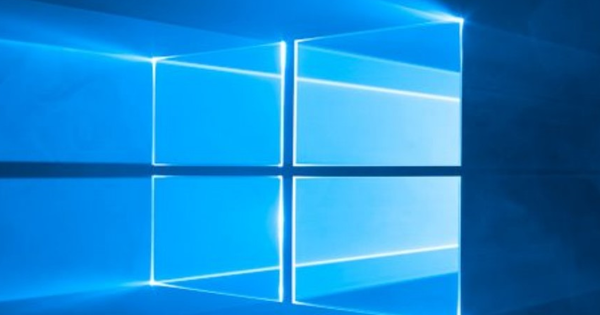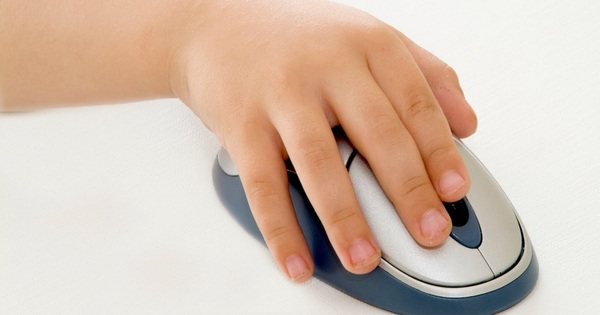An SSD (Solid State Drive) offers many advantages over a normal hard drive: it is faster, quieter and more energy efficient. So it pays to replace your hard drive with an SSD. In this workshop we will transfer an existing Windows 7 installation to an SSD. We will also show you how to completely empty the SSD if you choose to reinstall Windows.
Backup
When you want to reinstall Windows on your used SSD, it is wise to bring it back to the 'new status'. This means erasing all data from the SSD for optimal performance. This is not possible from Windows, so we make a special bootable USB stick. All data on the SSD will be lost. Usually this is not a problem because this data will no longer have any value when you reinstall Windows. Of course, a good backup was made first. If this is not the case, do this anyway, for example with the built-in backup program.

Download Active@ KillDisk
We use Active@Killdisk to erase the SSD. Click Download Bootable Disk Creator for DOS version of KillDisk (Free). Download the file to your hard drive and insert an empty USB stick into your PC. The storage capacity of the USB stick does not have to be larger than 128 MB. You can find out the drive letter of the USB stick via Windows Explorer.

Prepare USB stick
Run the downloaded Active@ Killdisk program. In the Drive to format field, select the drive letter of your USB stick and then click Start to start the procedure. Once the program is finished, the Stop button changes to Close . Click Close to exit the program. When you have closed the program, the Program Compatibility Assistant will ask if the program has been installed correctly. Click This program has been installed correctly .

Set BIOS
Leave the USB stick in the computer and then restart the computer. Make sure that your computer boots from USB beforehand. You set this through the BIOS. You usually end up in the BIOS by pressing DEL or CTRL+F2 just after booting, but very different key combinations also occur. If you are not sure which combination to use, you can consult the manual of your motherboard or PC. In the BIOS, the USB stick must be selected as the primary boot location.

Erase of Wipe
When you launch Active@ KillDisk, you will be notified that only One Pass Zeros are supported. Press Enter to confirm this message. Active@ KillDisk offers you two options: Erase or Wipe. Erase means that the SSD will be emptied - and then your data will really be gone or, in the case of an SSD, all Pages will be emptied. The Wipe function will empty all pages on the SSD that are filled with files that are registered as 'deleted'. Undeleted data remains untouched.

Empty SSD
Use the cursor keys to select the SSD. Disks are represented as numbers, possibly supplemented with a name. For example, our SSD is given the designation CORSAIR (81h). Always select the name of the drive itself. To prepare an SSD for a new Windows installation, select Erase and confirm with F10. Then Active@ KillDisk gives a final warning and you must ERASE-ALL-DATA literally typing. After you press Enter, KillDisk will get to work. The process takes about half an hour. Click Esc to exit.


